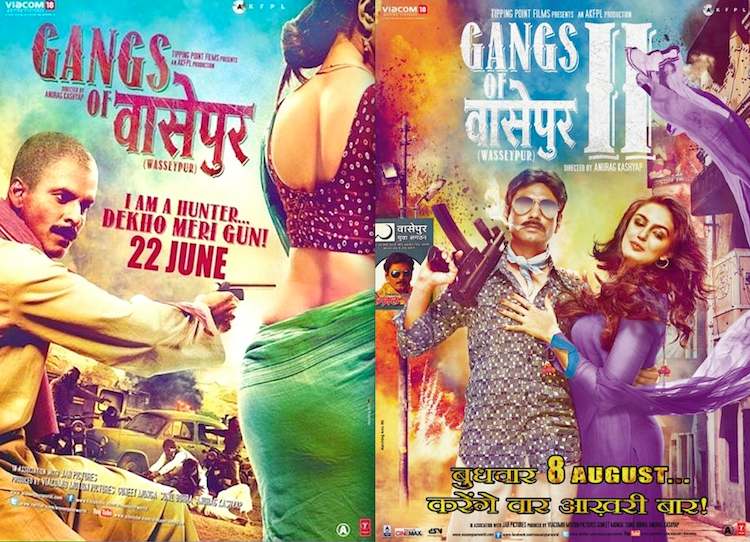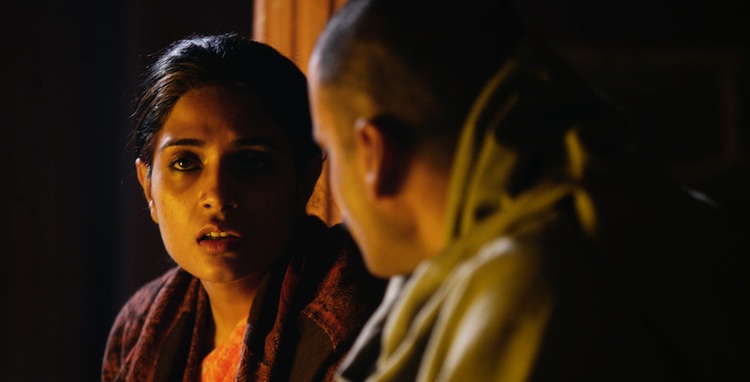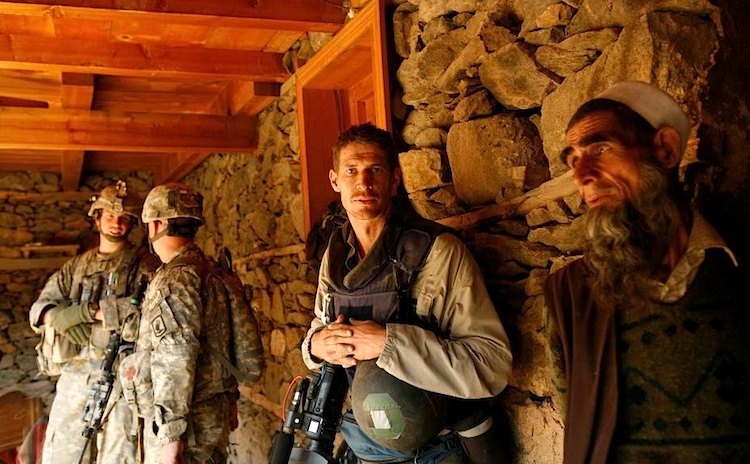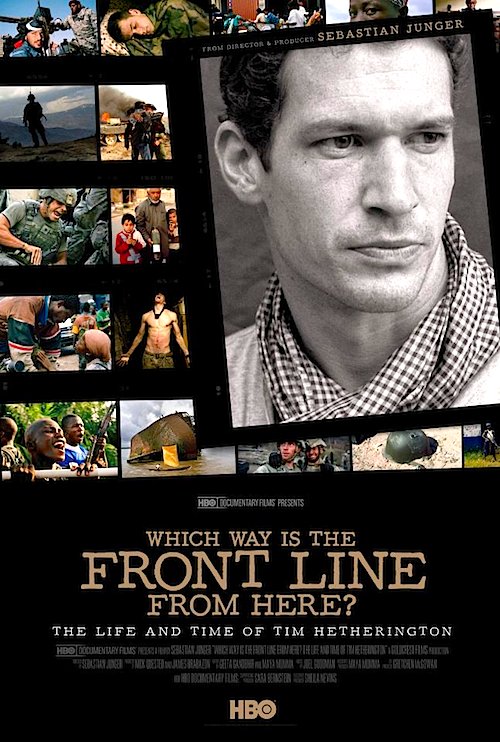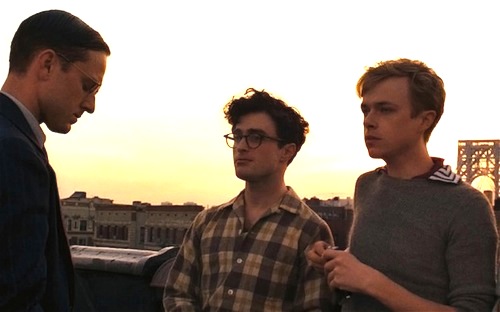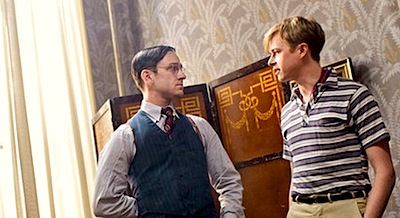By Joe Bendel. Nuclear energy does not burn fossil fuels, nor is it intermittent. Appreciation of these obvious, incontrovertible facts led documentarian Robert Stone and five well known environmental activists to reverse their longstanding opposition to nuclear power. Stone convincingly lays out their green case for nuclear in Pandora’s Promise (see clip above), which screens during the 2013 Sundance Film Festival in Park City.
Stone made his name with the anti-nuclear doc Radio Bikini and would further burnish his green credentials with Earth Days. Very concerned about global warming, Stone could no longer accept the environmental movement’s unrealistic claims about solar and wind power. As his primary POV experts argue, any power plan with a significant wind or solar component will by necessity be heavily dependent on big, dirty fossil fuel plants as a back-up. The simple truth is that the sun does not always shine and the wind does not always blow, but coal burns 24-7.
To his credit, Stone tackles the Fukushima disaster right up front, rather than let it fester in the minds of skeptical audience members. While the devastation of the area gives pause to noted British environmental author and nuclear convert Mark Lynas, the background radiation levels they record are considerably less than what anyone flying on a transatlantic commercial flight would be exposed to.

Stone’s battery of experts cogently explains the safety benefits and relative cleanliness of nuclear. Yes, radioactive waste is a potentially inconvenient by-product, but the volume is a fraction of what the public widely assumes. Furthermore, next generation reactors will increasingly be able to recycle the existing nuclear waste, as is already happening in France. Of course, there have been disasters, but Chernobyl was the worst by far. A sterling example of Soviet safety engineering, the Pripyat plant completely lacked any basic containment dome, whereas Western reactors have multiple domes with elaborate, built-in contingency systems.
Surely some will try, but it is impossible to dismiss Stone as a right-of-center partisan. Clearly the Pandora contributors are entirely satisfied global warming is a very real and alarming phenomenon. Indeed, that is largely the impetus for their nuclear apostasy. Considering how many cold shoulders Stone, Lynas, and company are likely to get from former comrades at cocktail parties, their conviction cannot be questioned. Their logic is also sound and consistent. Highly recommended for anyone with an open mind who self-identifies with the environmental cause (broadly defined), Pandora’s Promise screens again on Saturday (1/26) in Salt Lake as a Doc Premiere at this year’s Sundance.
LFM GRADE: A
Posted on January 24th, 2012 at 11:07pm.


